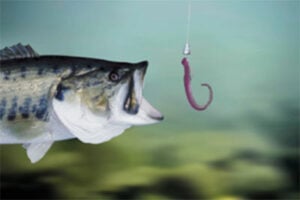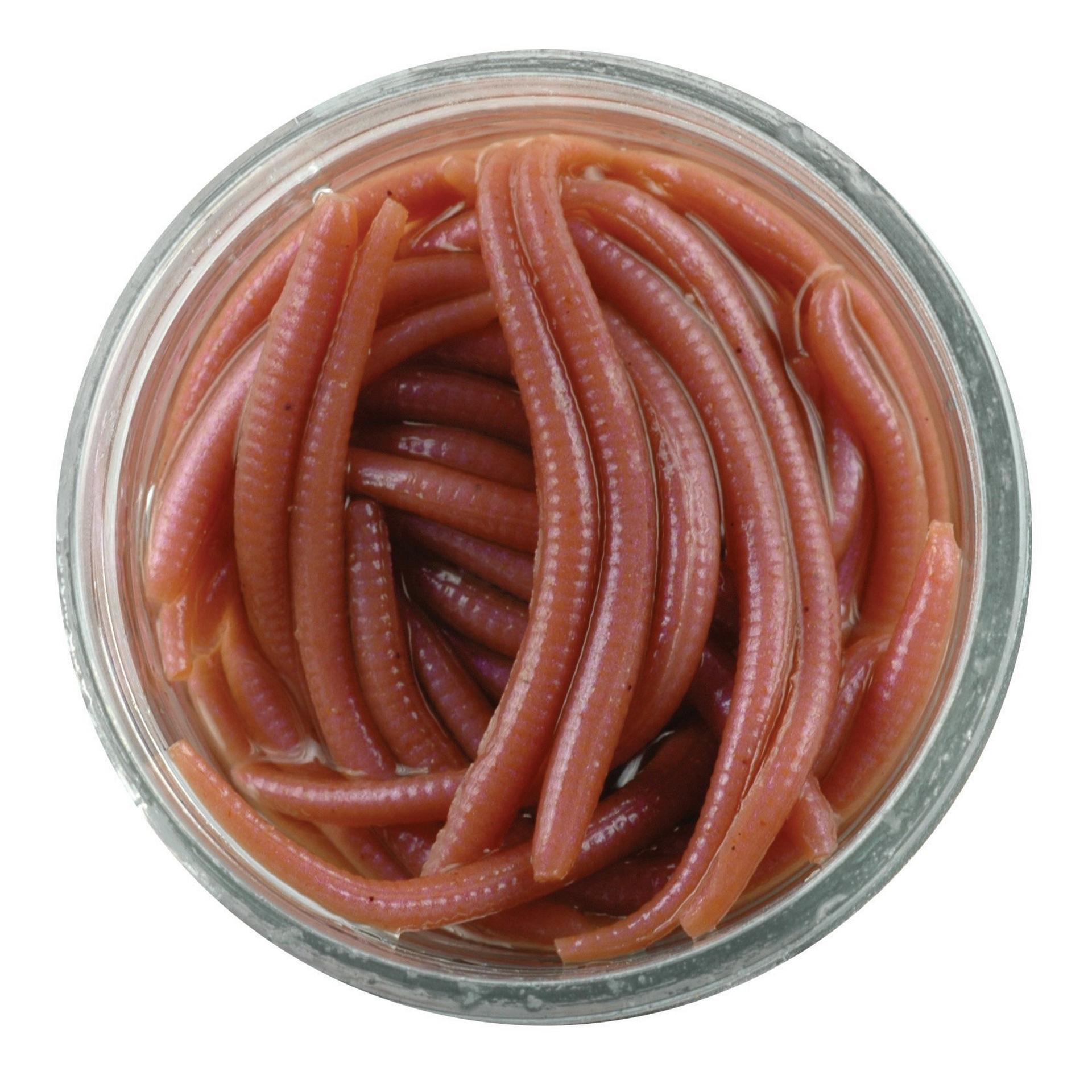Everything about Where To Find Red Wigglers
About Where To Find Red Wigglers
Table of Contents8 Easy Facts About Where To Find Red Wigglers ExplainedThe Best Strategy To Use For Where To Find Red WigglersSome Known Facts About Where To Find Red Wigglers.Where To Find Red Wigglers for DummiesWhere To Find Red Wigglers Fundamentals ExplainedHow Where To Find Red Wigglers can Save You Time, Stress, and Money.
For ideal results, you want to fire for regarding 60-70% moisture degree. At the best moisture degrees which is just under 70% that handful should hardly produce one drop of fluid.
The Indian Blue is starved, but likewise prefers a warmer environment and it likewise shows a propensity to escape the container. The red wiggler is a hardy worm and isn't as fussy regarding its environment. I like to call it the Ford Taurus of vermicomposting worms; you will not brag to your hardcore composting pals that you have them, yet they will offer you well.
Like any type of various other bait, a worm's performance has involved depend upon its discussion. H.G. "Tap" Tapply emphasized this point almost a half century ago in among his Area & Stream columns. "A worm is such a shapeless animal," he created, "there doesn't appear to be really much an angler can do with it other than jab it on a hook and toss it right into the water." As Tap showed, a fishermen can do a good offer to make a worm more attractive.
How Where To Find Red Wigglers can Save You Time, Stress, and Money.
I assume you will certainly also if you attempt them. The smaller sized the trout stream, the far better worms job is an axiom that hasn't transformed in the 100-plus years since Perry wrote his short article. Anglers of his era simply stuck their rickety fishing pole via alder tangles and went down a heavy worm right into a deep opening.
Early morning is prime feeding time, and the insubstantial lure's slow descent leaves 5 inches of wriggling protein in full view for a long time. After you've made the actors, keep the bond open and put the rod in a forked stick. The line will certainly diminish the pole in sluggish loops as the worm settles, yet generally the slow-moving loopholes will become a blur, and the early morning will instantly obtain rather intriguing.
I typically make use of an entire 'crawler, favor marabou dressing, and go down the rod for 2 or three secs when I obtain a hit.
If it's there, established the hook with a sweep instead than a jerk. Once in a while you'll discover yourself hooked to those slow-moving, hearty yanks, and feel the weight of a great walleye.
Getting My Where To Find Red Wigglers To Work
When the hefty walleyes go on to the big-water shoals in the late summer season, attempt going after them with a bucktail jig and a 1-inch pinch of nightcrawler. The lure covers the hook point, deflects weeds, and uses a preference of prey. With nothing dangling or waving, it continues to be secure no matter present, casts, or enthusiastic panfish.
Whether you're wading or angling from a watercraft, wandering worms is just one of the terrific looking methods for larger rivers. For trout, a spade-dug, 4-inch garden worm is the appropriate dimension; for bass, walleyes, and steelhead, a nightcrawler might be a far better selection. The trick is to drift the bait via feeding and holding locations because fish in present are not mosting likely to ferret out the lure, as they could in still water.
Fish the shifts: mouths of tributaries, bank-side slicks, and the edges of large swimming pools. His adage uses to any type of number of angling maneuvers, including the issue of adding a piece of worm to a damp fly.

The smart Trick of Where To Find Red Wigglers That Nobody is Talking About
Fill it with shredded paper, leaves, peat moss, and dirt. Moisten lightly. Cover and let sit for a week. Include a couple of hundred worms and feed them two times a week. Keep the bed linens moist yet not damp. On the food selection: lettuce, fruit and vegetable waste, and the periodic nongreasy surplus.
Much like veggie scraps, you can take your made use of coffee premises and add them to a worm box. Worms love eating coffee premises. With the appropriate problems and wet, healthy soil, worms can live in a container of dust for around three weeks. Store out of direct sunlight and maintain a temperature level in between 50 and 80 levels.
When the hefty walleyes relocate on to the big-water best site shoals in the late summer season, attempt pursuing them with a bucktail jig and a 1-inch pinch of nightcrawler. The lure covers the hook factor, disperses weeds, and supplies a preference of target. With absolutely nothing dangling or waving, view it now it continues to be safe and secure no matter of existing, casts, or enthusiastic panfish.
Where To Find Red Wigglers Fundamentals Explained
Whether you're wading or fishing from a watercraft, wandering worms is one of the fantastic searching approaches for larger rivers. Where To Find Red Wigglers. For trout, a spade-dug, 4-inch garden worm is the appropriate size; for bass, walleyes, and steelhead, a nightcrawler may be a much better choice. The trick is to drift the bait with feeding and holding areas due to the fact that fish in present are not going to go after down the bait, as they might in still water
Fish the changes: mouths of tributaries, bank-side slicks, and the edges of large swimming pools. His rule applies to any kind of number of angling maneuvers, including the issue of adding a piece of worm to a damp fly.
But elevating your own bait implies you can slip out of your house and hit the fish pond before Mom comes homejust like in the old days. Here's exactly how to maintain a worm box: Cut a sheet of CDX-grade plywood, which is made with water-resistant glues, to your measurements. Accomplish together and drill a loads 12-inch openings in the bottom for drain.
The Of Where To Find Red Wigglers
Fill it with shredded newspaper, leaves, peat moss, and dirt. Moisten lightly. Cover and let sit for a week. Add a few hundred worms and feed them two times a week. Keep the bedding moist yet not damp. On the food selection: lettuce, fruit and vegetable waste, and the occasional nongreasy extra.
Much like veggie scraps, you can take your utilized coffee grounds and add them to a worm box. Worms love consuming coffee premises. With the ideal problems and damp, healthy soil, worms can live in a pail of dust for around three weeks. Store out of direct sunshine and maintain a temperature level between 50 and 80 degrees.